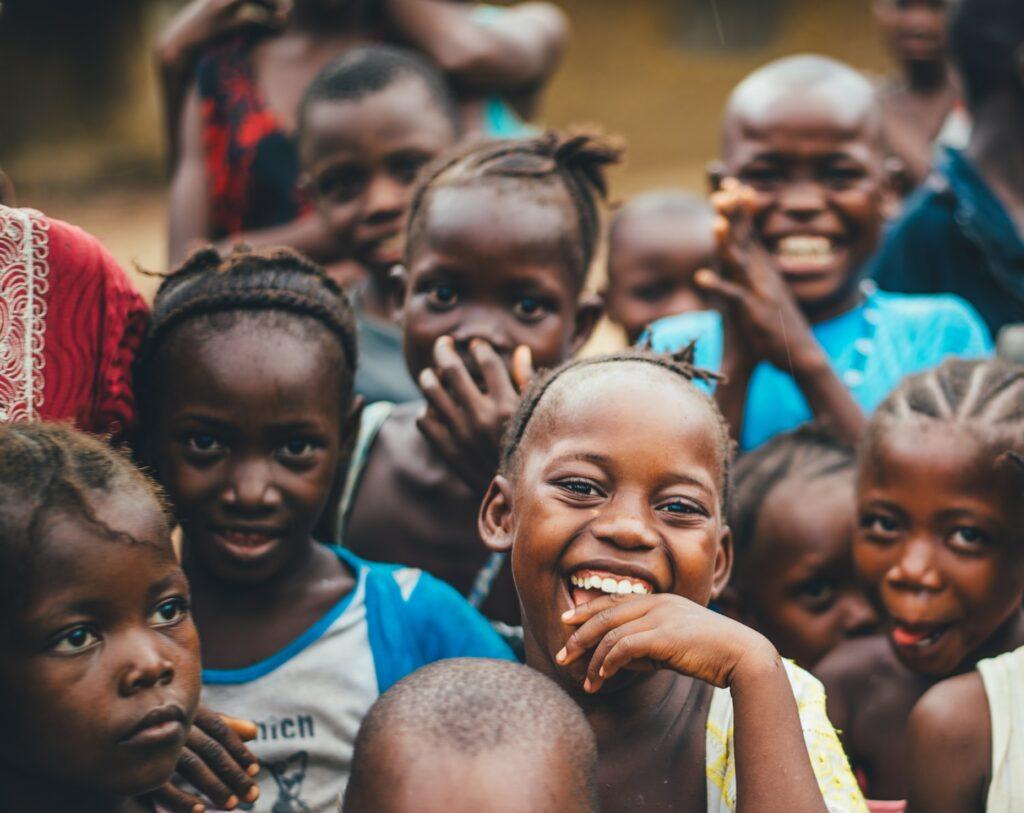The short answer – yes. In fact, hunger in Africa is likely worse than the average person might imagine. A 2018 report by the African Child Policy Forum states that about 90 percent of children in African do not meet the criteria for the minimum meal standard and that a child dies every three seconds due to hunger. Compare this to the United States where the amount of food wasted daily could fill a 90,000 seat stadium like the Rose Bowl. But what causes this lack of access to healthy, sustainable food sources and what can you do to help?
Why is there hunger in Africa?
Hunger is an outcome for a wide variety of different issues. One of these major issues is poverty. With more than 48 percent of people in sub-Saharan Africa living below the poverty line, lack of economic resources is evidently a hugely contributing issue.

According to a 2013 report by the World Bank, almost 43 percent of sub-Saharan Africa lived on $1.90 or less each day. For context, a loaf of bread in South Africa costs about $0.83. However, poverty is not the only cause. Hunger in Africa is also largely due to political unrest and civil war which in turn causes food shortages and leads to widespread famine. This, combined with diseases like Malaria and AIDS, means that people often have to choose between food and medicine if they even have access to either.
What causes child hunger in Africa?
Narrowing down our focus and looking specifically at child hunger in Africa, we must understand the gender inequality that is prevalent on the continent, especially in impoverished areas. The 2016 African Human Development report from the United Nations finds that gender inequality in almost all African countries is strikingly bad. Women earn only 70 percent of what men do, and they are also faced with many types of social inequality which leads them to be at a higher risk for physical and sexual abuse. Without adequate access to education (medical or general) or resources for birth control, women find themselves in a socially and economically underprivileged position, and often with children that they must care for without aid. It is important to note that gender inequality is by no means the only reason that there is extreme child hunger in Africa, but it is a greatly contributing factor that needs to be addressed.
What Country in Africa Has the Most Hunger?
The Food Security Index enlists Burundi, DR Congo, Chad, and Madagascar to be the most starving. They rank the least in Africa—scoring 34.3, 35.7, 36.9, and 37.9, out of 100, respectively. According to the World Health Organization (WHO), 50% of Central Africa’s population suffers the worst hunger.
East Africa follows behind Central Africa with moderate food insecurity affecting 32% of its population. Algeria and Tunisia have the lowest food security—59.8 and 60.1, respectively—in North Africa. But they’re almost twice food security indices down south.
How many people in Africa have no food?
According to the United Nations, the highest prevalence of hunger in the world is found in sub-Saharan Africa. In fact, between 2014 and 2017 the prevalence of hunger actually increased from 20.7 percent to 23.2 percent. The number of undernourished people also rose during the same period from 195 million to 237 million.
How many children are malnourished in Africa?
“At least 1 in 3 children under-five in Africa were stunted in 2011” according to UNICEF. Stunted growth is a result of malnutrition that can happen during pregnancy or during early childhood. Additionally, as of 2012, half of the 6.6 million under-five deaths in the world, still occurred in Africa, in large part due to lack of access to proper nutrition.

Fast Facts
- One in every five people in Africa goes to bed hungry.
- According to the World Bank, over one-third of child deaths in South Africa are caused by malnutrition.
- In 2018, more than 20 percent of the population in Africa was undernourished.
- According to UNICEF, between 2000 and 2018, the number of children under five who were stunted in West and Central Africa increased from 22.4 million to 28.9 million.
- About one-quarter of all wasted (low weight for height) children live in sub-Saharan Africa.
How Can We Stop Hunger in Africa and How Can You Help?
In Africa, hunger is rising at a staggering rate. Natural disasters, instability, and extreme weather conditions are major precursors of sustained undernourishment in the region. Africa’s hunger indices drive the urgency to provide food assistance to vulnerable people in the region.
With your aid, Food for Life Global looks to feed hungry children and women across the continent. Here are ways you can help to stop hunger in Africa.
In Central Africa, our team aims to feed up to 15,000 undernourished people in Chad. Together with your financial commitment, we can help stop hunger in Africa. Donate to feed hungry children and families in Africa now.
Your donations can go a long way to transform a life. With Food for Life’s sponsorship platform, you can sponsor a child’s annual feeding and education.
There are also other ways you can help stop hunger in Africa. You could join a group of like-minded volunteers working hard to improve people’s quality of life. Following the 1997 flood in Mozambique, Food for Life Volunteers ferried vegan stew to homeless villagers. Distance isn’t a barrier, as volunteering opportunities range from direct contact services to online advocacy.
FAQ
According to the United Nations, the highest prevalence of hunger in the world is found in Sub-Saharan Africa. In fact, between 2014 and 2017, hunger prevalence rose from 20.7 percent to 23.2 percent. The number of undernourished people also rose during the same period from 195 million to 237 million.
See the latest statistics on hunger here





